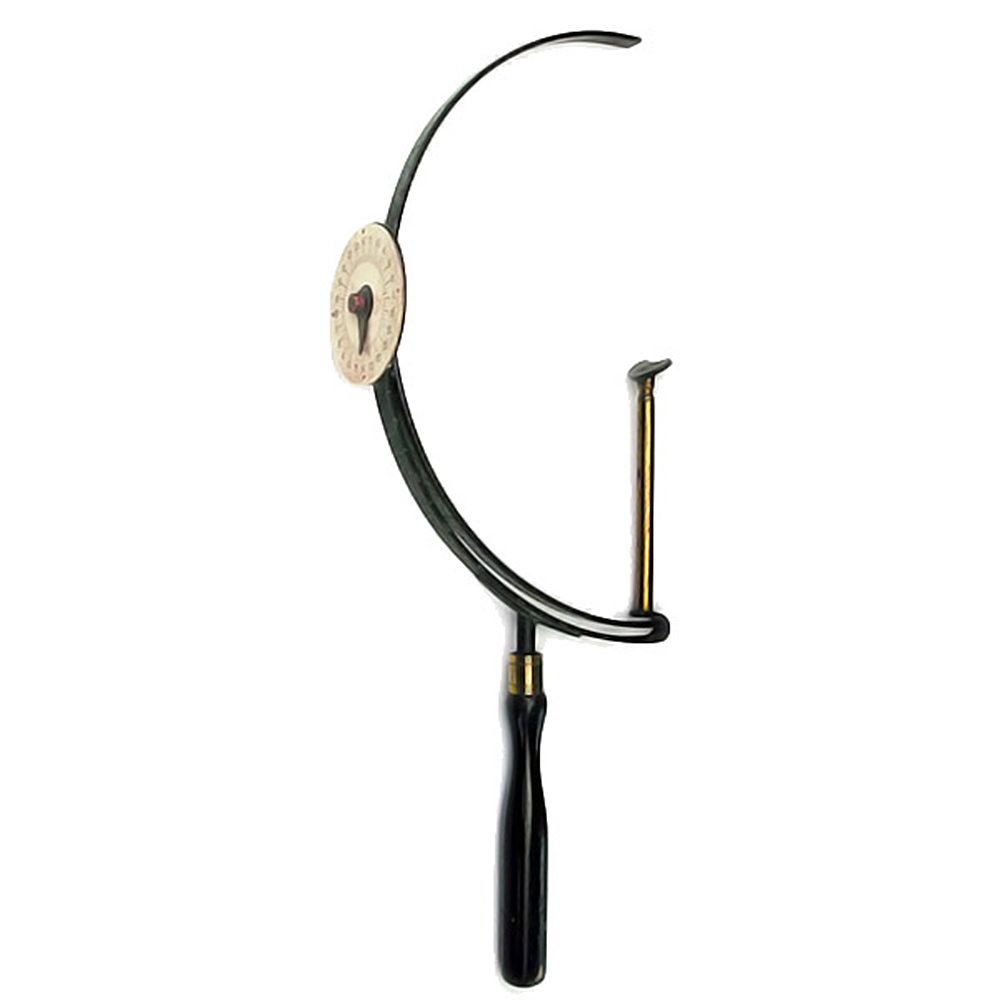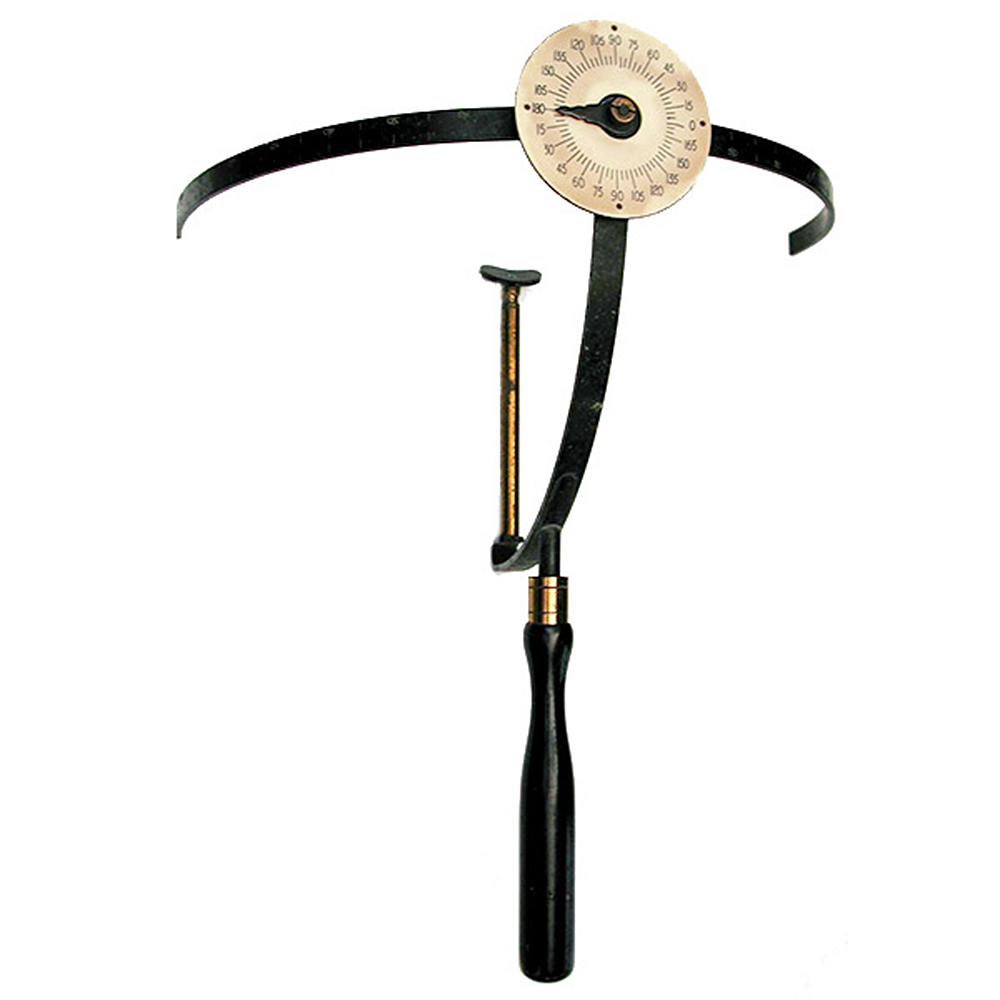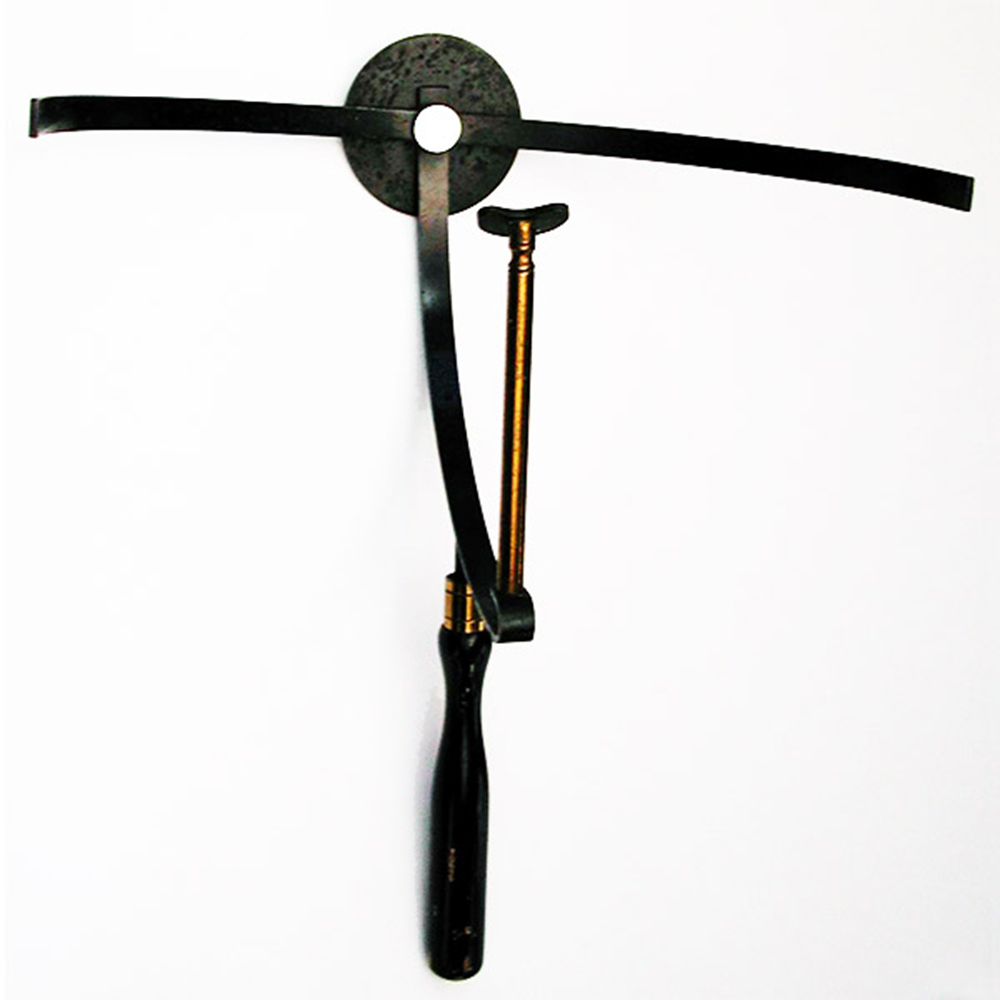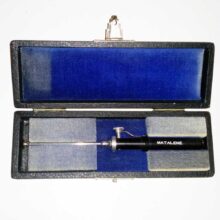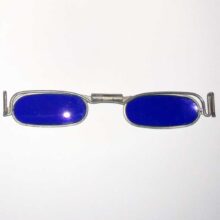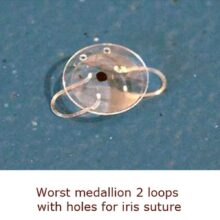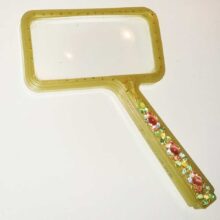Schweiger’s Hand Held Perimeter: A Key Tool in Eye Care
What Is Schweiger’s Hand Held Perimeter?
The Schweiger’s Hand Held Perimeter is a device doctors used to test the visual fields of patients. Schweiger invented it in 1888. It has played an important role in eye care for over a century. Doctors used this tool to check for problems in a patient’s peripheral vision. By identifying any blind spots, it helps diagnose eye conditions early.
How Does It Work?
The Hand Held Perimeter works by testing the visual field of the patient. The patient looks straight ahead while the doctor holds the device in front of their eyes. One places the vertical rod with the slanted plate against the lower rim of the eye socket of the eye being examined. The doctor then moves lights or objects around the patient’s peripheral vision. The patient must report when they see the light or object. This process helps detect areas of vision loss or other issues.
Why Is It Important?
The Hand Held Perimeter is important because it helps doctors detect conditions that affect the peripheral vision. Problems with peripheral vision can be signs of glaucoma, brain injury, or other eye diseases. Early detection allows doctors to treat these conditions before they cause more serious damage.
Benefits of the Hand Held Perimeter
There are several benefits to using the Schweiger Hand Held Perimeter. First, it is portable and easy to use. Second, it allows for quick testing of a patient’s visual fields. Third, it helps doctors catch vision problems early, leading to better treatment options. Finally, it is non-invasive, meaning the patient does not need any painful procedures.
Conclusion
The Schweiger Hand Held Perimeter has been an essential tool in eye care since its invention in 1888. By helping doctors test a patient’s peripheral vision, it continues to play a key role in diagnosing and treating eye conditions.
